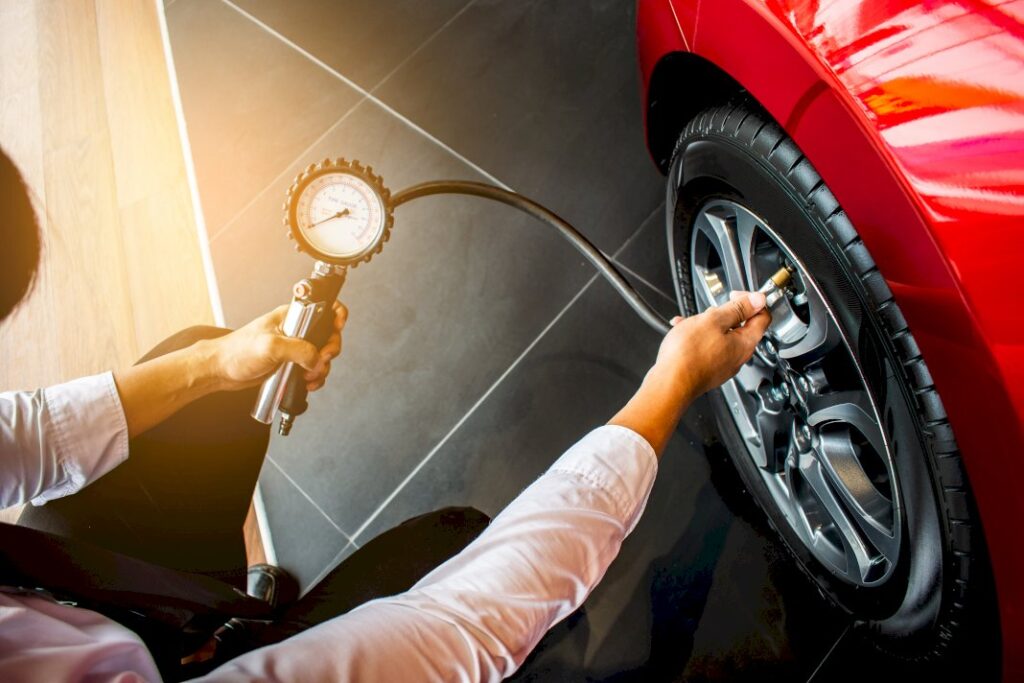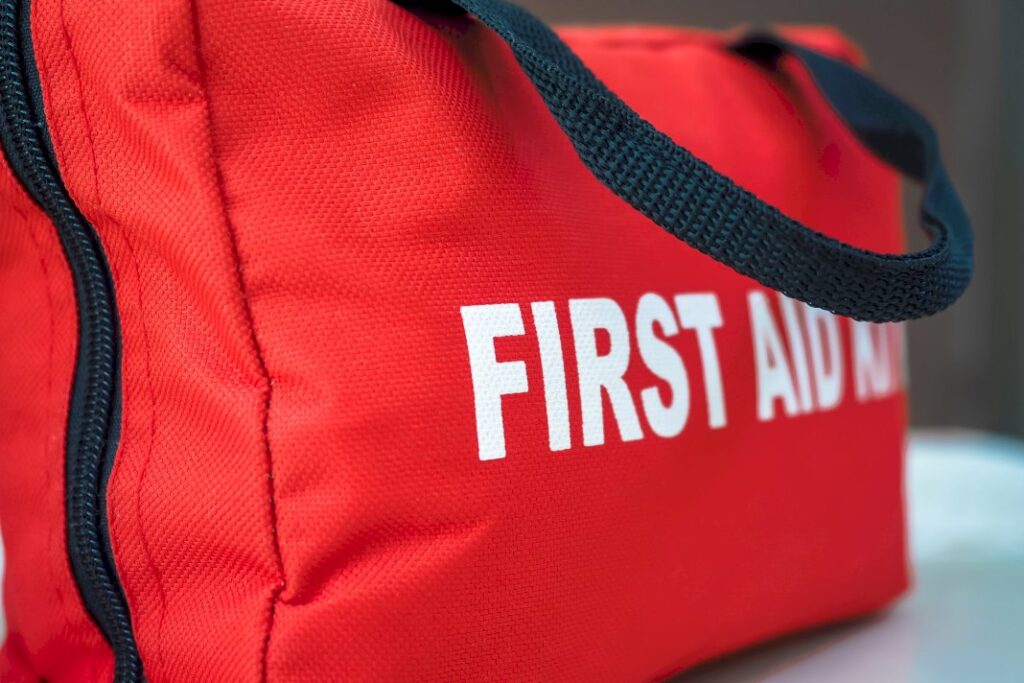According to Forbes Advisor, an impressive 87 percent of 1,000 Americans expect to travel as much or more in 2023 compared to their travels the prior year. Among younger respondents aged 18 to 26, nearly three-fifths are planning for further expeditions this coming year! Even more remarkable is that 45 percent reported going on one or two trips during 2022, and 42 percent took part in at least three trips throughout the last year. And some of these trips may be across the country in a car.
Thinking of going on an epic road trip? Before hitting the road, ensuring your car is in the best possible condition is crucial. After all, the last thing you want is for your vehicle to break down in the middle of nowhere. Preparing your car for a long journey doesn’t have to be daunting; this article will share some helpful tips to help you get your vehicle ready for your next adventure.

Check Your Tires
Before hitting the road, you must check the condition of your tires. Ensure they are inflated to the recommended pressure level, as under or over-inflated tires can lead to premature wear, poor fuel economy, and even a blowout.
Wear and Tear
Also, check for signs of wear and tear, such as bulges, cracks, or cuts. If you notice any issues, replace your tires before your trip. Inspect the treads to ensure they have enough grip for wet or icy roads. If your tires look worn down, consider replacing them before your journey. Doing this simple check could save you from disaster while driving.
Make Sure Your Vehicle Is Serviced
If you’re planning a long road trip, you should also make sure your vehicle is in tip-top shape. Have your mechanic check all of the major systems on your vehicle and replace any parts that might be worn or damaged. This can help ensure a smooth ride with minimal problems. For instance, if the windshield is cracked, you should look for a reputable auto glass repair service. Fixing the windshield will help reduce the risk of an accident and ensure your safety on the trip.
Check the Fluids
Check all fluids, including engine oil, transmission fluid, coolant, and brake fluid. The tires should also be checked for proper inflation and tread depth. Finally, ensure you have a spare tire that is properly inflated in case of a flat. Taking these steps will help reduce the risk of a breakdown on your trip.
Inspect Your Brakes
Your brakes are critical components when it comes to your vehicle’s safety. You don’t want to be on a long stretch of road only to discover your brakes aren’t working properly. Therefore, ensure your brakes are inspected by a certified mechanic who can replace the pads or shoes. Checking your brakes every 6 months or every 10,000 miles is recommended.
Lines and Hoses
In addition to inspecting the brake pads and shoes, it’s also essential to check the lines and hoses that carry brake fluid to the braking system. Ensure they are not damaged or leaking, as this can lead to a loss of braking power and serious safety issues. The brake fluid should also be topped up if it is low.
Professional Check
It’s best to have your brakes checked at the same time as you have other work done on your car, such as an oil change or tire rotation. That way, you can ensure that your brakes are in good working order and don’t need immediate attention. Additionally, if you are experiencing any braking issues or notice anything strange, such as vibrations, when applying the brakes, take your vehicle to a certified mechanic for an inspection. Keeping your brakes in good condition will ensure you and your passengers stay safe.

Pack an Emergency Kit
Even with proper maintenance, cars can still break down. That’s why it’s always a good idea to pack an emergency kit in your car’s trunk. The kit should include a first aid kit, a flashlight, jumper cables, a tire repair kit, a blanket, and a phone charger.
Common Issues
These items can help you deal with common issues and keep you safe while waiting for help. Keeping snacks and water in the kit is also a good idea. This will help keep you nourished while waiting for help. Additionally, ensure you have an emergency contact list with important phone numbers in the kit or stored on your phone. This will ensure that you can get help quickly if needed.
Preparing your car for a road trip can be overwhelming, but following these tips will give you peace of mind that you’ll safely make it to your destination. Remember, maintenance is essential to ensure your car is in the best possible condition. Packing an emergency kit can save you from serious trouble if things go wrong. So, take a few moments to prepare your car now, and you’ll surely enjoy a worry-free road trip. Have a safe and memorable journey!
For more valuable information visit this website.





